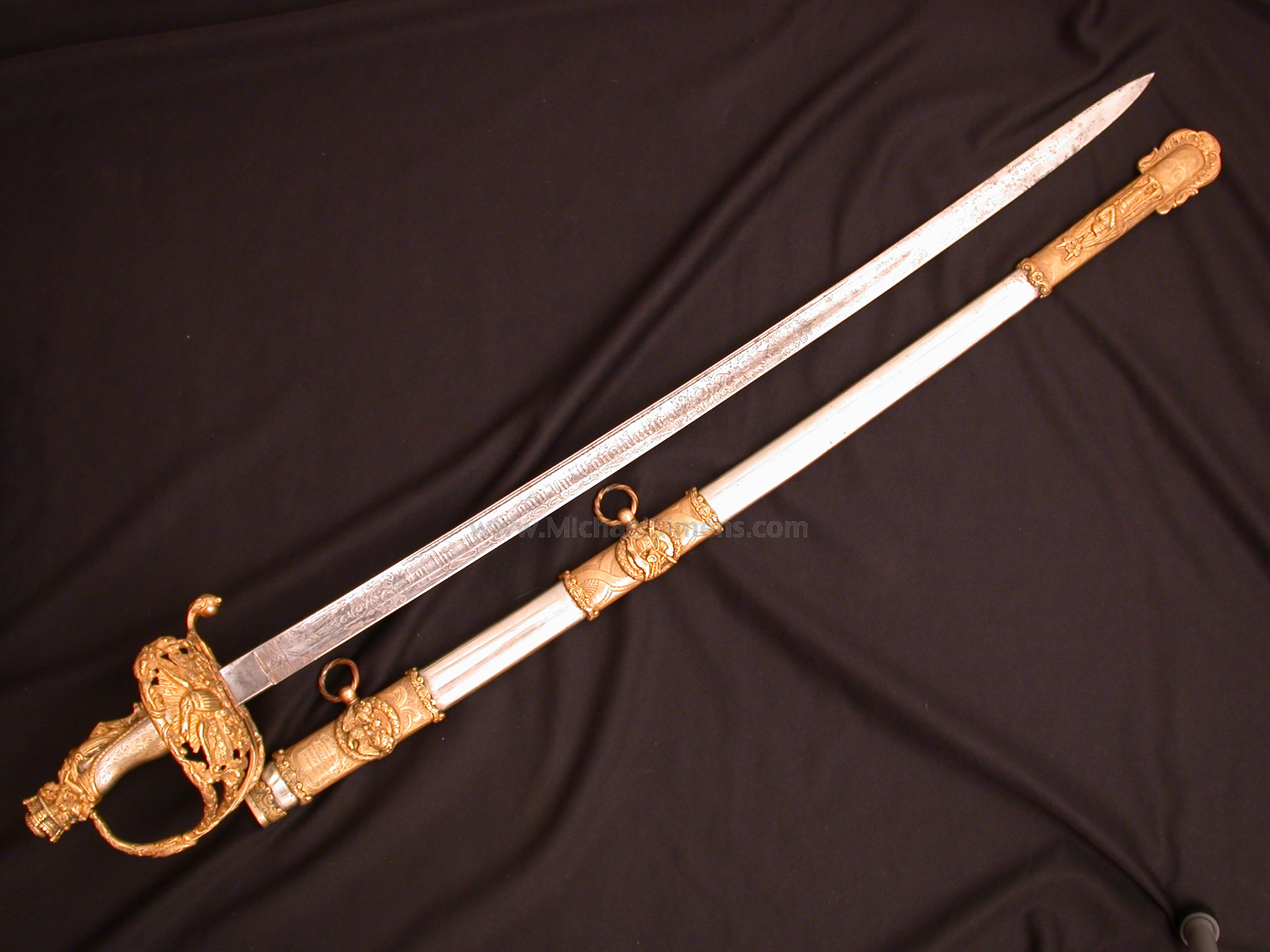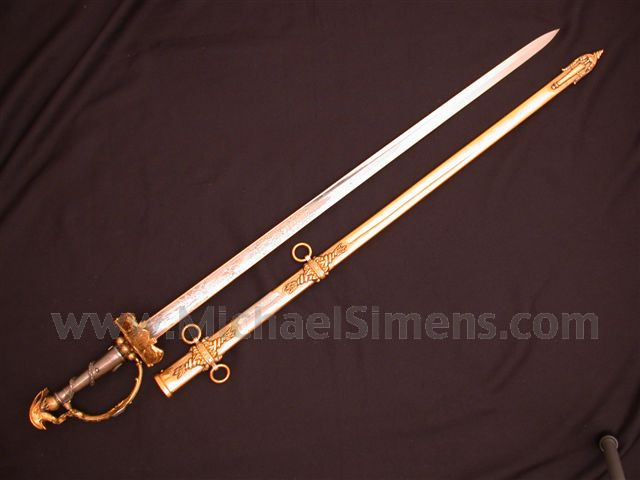

Since the 19th century, mortality from war wounds steadily decreased as surgeons on all sides of conflicts developed systems for rapidly moving the wounded from the battlefield to frontline hospitals where surgical care is delivered. Throughout most of the history of warfare, more soldiers died from disease than combat wounds, and misconceptions regarding the best timing and mode of treatment for injuries often resulted in more harm than good. MAY BE PURCHASED THROUGH OUR LAYAWAY PROGRAM.The treatment of war wounds is an ancient art, constantly refined to reflect improvements in weapons technology, transportation, antiseptic practices, and surgical techniques.

THIS ITEM, AS WITH ALL OTHER ITEMS AVAILABLE ON OUR WEB SITE, Purchase accompanied by a brief amount of research material. Further research certainly a possibility. Conflicting information states that he was made Acting Assistant Paymaster on 2/7/65 and mustered out on 11/21/65. Martin, residence not listed, enlisted on as a P.M. The scabbard is back seamed leather with sheet brass mounts and knotted rope ring bands. The reverse has a geometric design, crossed dolphins, A federal eagle with stars and a rope running through grape leaves. Chelmsford / Mass., a tall fouled anchor, grape leaf design, the 5 inch presentation: “Paymaster George E. It has the USN ribbon, a dolphin quillon and a dolphin connecting the knuckle bow to the pommel. The guard is also regulation pattern with deep and precise casting. The grip is fine sharkskin that Roby bleached white. The pommel has the standard design but an unusual eagle, stippled background and a stippled pien on the tang. It is a standard regulation pattern with subtle Roby characteristics. This blade presentation example is the only one encountered by a pre-eminent sword collector in his 50+ years of collecting. Roby Naval officer swords are certainly not common.

Year: Civil War Model: M1852 Navy Officer Size: 28.75 inch blade


 0 kommentar(er)
0 kommentar(er)
